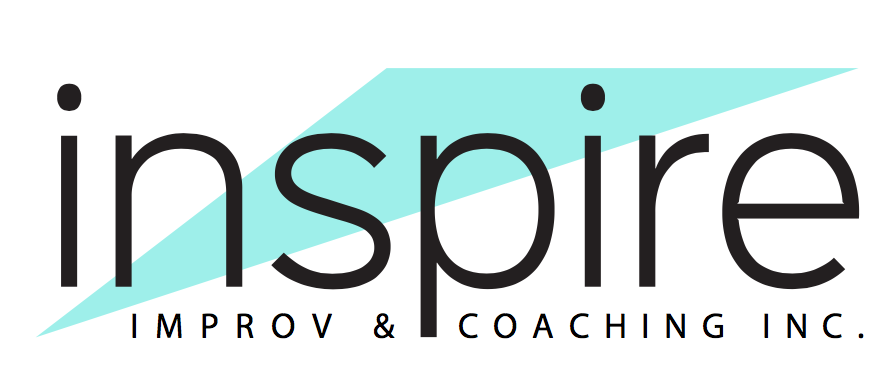Design Think Your Way to a Better Culture
For a second year in a row I attended the Creative Problem Solving Institute's yearly conference (CPSI). A couple of days in, it seemed that I was the only person there who did not know what “Design Thinking” was (and everyone seemed pretty excited about the concept), so I took a workshop with Paul Skaggs, a Professor of Industrial Design, so that I could join in on the conversation.
In short, design thinking is a way of using empathy to look at a product or process through the progression of look, do, ask. Let’s use a conventional spatula as an example.
Look: They observe the person using the product, looking specifically for ways that the user is altering the product or process, to make it fit a need that the designer didn’t originally think of. This is referred to as “adaptive behavior.” Have you ever taken your spatula and put it on a plate so that the contents of your pan or grill didn’t get on your counter? That’s adaptive behavior.
Do: They use the product themselves, as if it’s their first time, noticing their own feelings or challenges. Is there anything that is frustrating or awkward about using this product?
Ask: They suspend their own judgement and come from a place of pure curiosity, asking questions of the person who uses this product the most, specifically looking at how the user is feeling and what they are thinking while using it.
If we apply this process to the spatula debacle, we end up with something like this:
Look: What are you observing about the way that people interact and work together in your organization? Are they rearranging chairs in a conference room to have more effective meetings? Are they gathering in a certain area to connect and build personal relationships? Are they creating loopholes in processes to get their work done and see the fruits of their labor?
Do: If you’re in a leadership or management position, spend a day going through the motions with one of your people. What do you, yourself feel and observe? Are there processes or organizational norms (spoken or unspoken) that are getting in the way of people experiencing autonomy, mastery and connection on a daily basis?
Ask: Get curious! Suspend your own judgement and simply listen for the golden nuggets that, if attended to and designed differently, could change your culture for the better. Look for non-verbal cues and don’t be afraid of silence.
What would your kickstand spatula culture look like?

